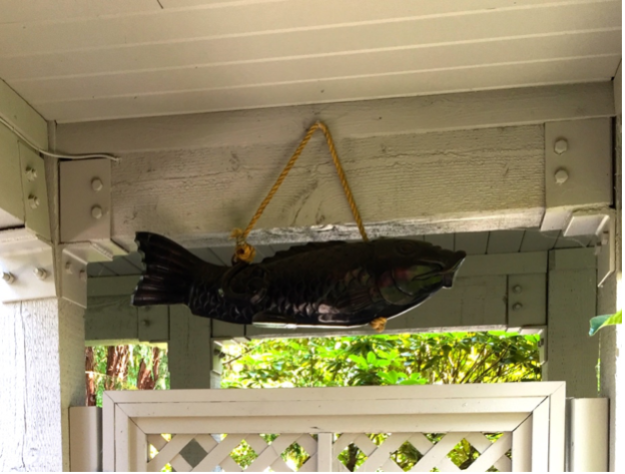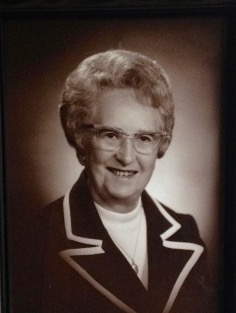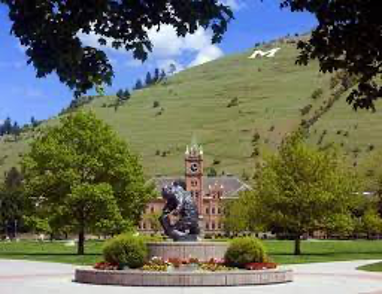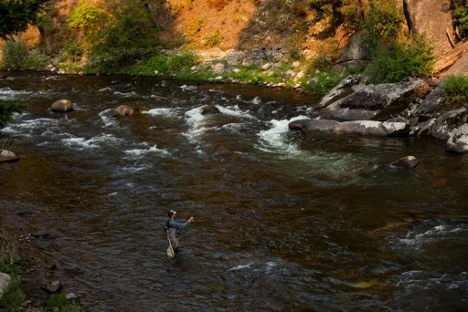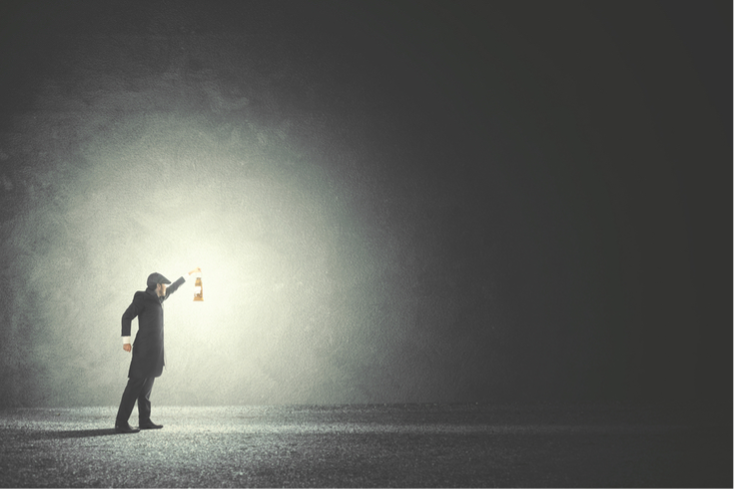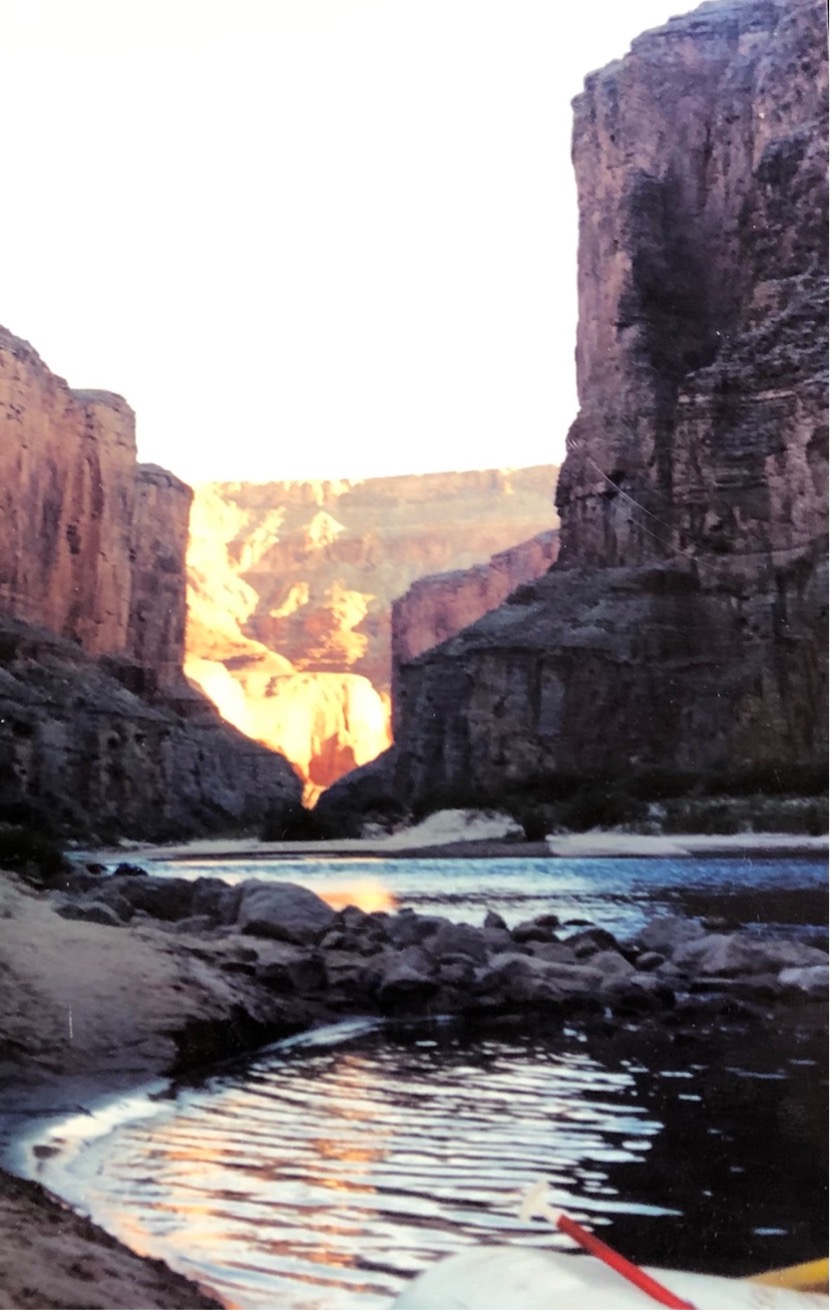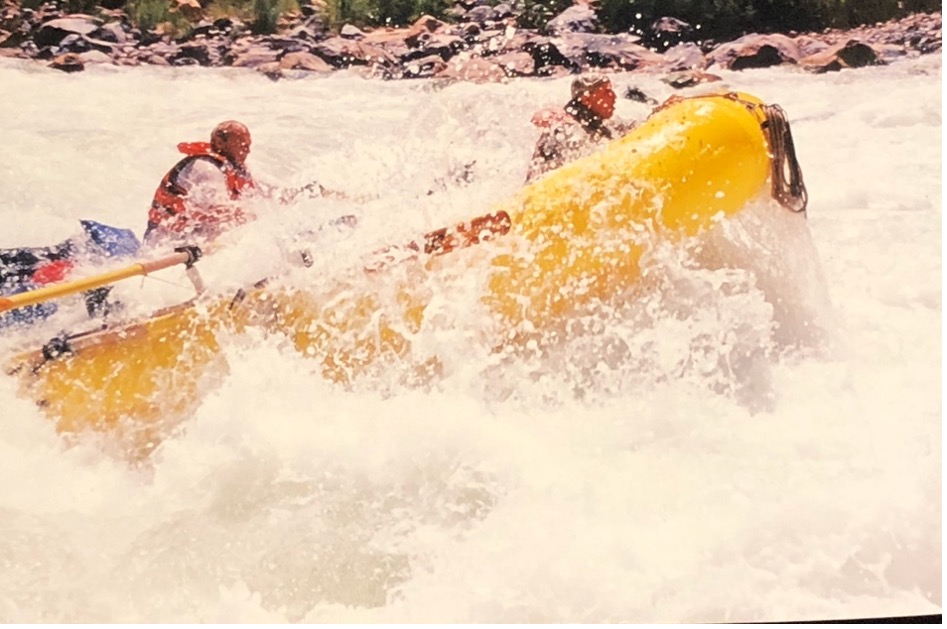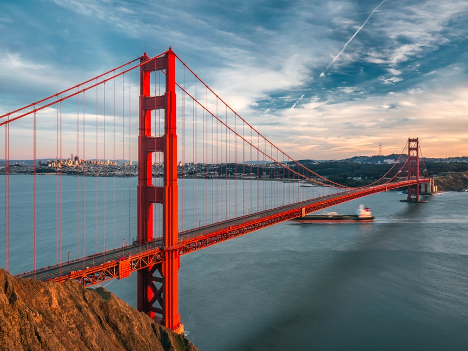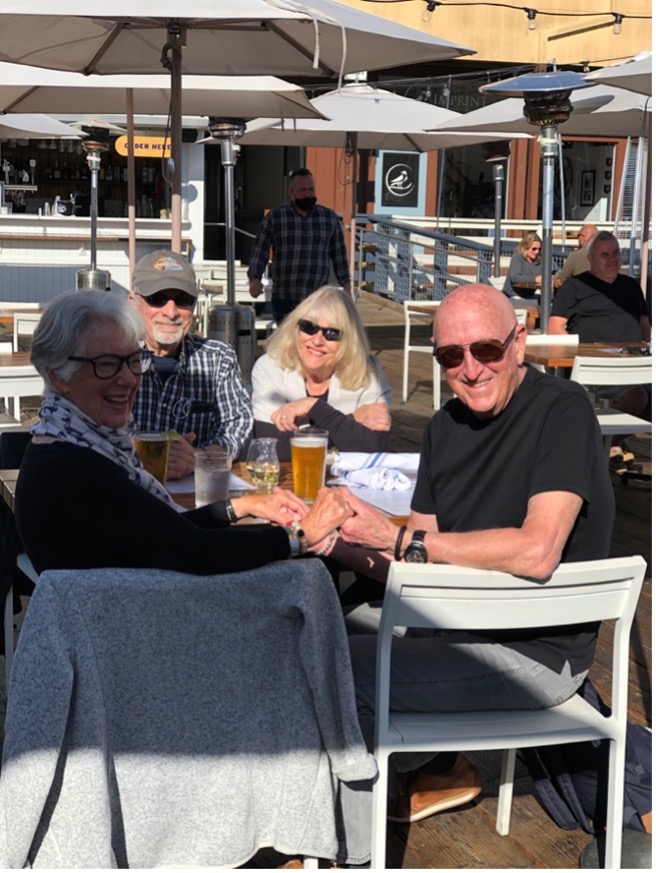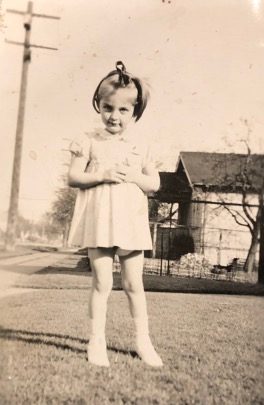
She loves to garden and has since she was this age. So did her grandmother, Lena, and mother Virginia. But my wife, Marilynn, has taken it to a new level. Two years ago, I profiled her as My Gardener and people were amazed. http://www.jackbernardstravels.com/my-gardener).
She started 20 years ago with a vision and a bare concrete patio. She did a masterful job bringing her vision to life, but now the creation is threatening to overwhelm the creator. 10 years ago, when it was clear she couldn’t do it alone, a friend with a degree from the UW Horticultural Center offered to help. That arrangement lasted five years and then a talkative hardworking Austrian showed up. Last week he announced he’s moving to Hawaii and the job is open again. My fingers are crossed that another garden angel shows up to give her a hand.

This is what it looks like now. June was camellia, rhododendron, peony, and lilac time. This month it’s hydrangeas. Next month and into the fall it’s Japanese maple, dahlias, day lilies, and others I can’t name. In winter it’s pansies and dusty miller. There’s a year-around plan for fragrance and color, flowers and blooming plants. But it’s not toil free. There’s planting, watering, fertilizing, deadheading, pruning, and seasonal changeovers. All in ceramic pots (50+), in our front courtyard plus cut flowers in the soil below our back deck.

In Goethe’s poem, Die Zauberlehrling (The Sorcerer’s Apprentice) an old sorcerer hires an apprentice to do chores while he’s away, but the apprentice is lazy and employs some magic he doesn’t really understand, i.e., enchanting a broom, to fetch the water. When the broom brings too much and floods the room, he chops it in half thinking it will stop the flow. But, in fact, it doubles the action. The crisis is solved when the sorcerer returns, breaks the spell, and scolds his apprentice. Only a master should practice magic.
I’m not sure if Marilynn is the sorcerer or the apprentice. She seems more like a master to me, but I’m a lowly hod carrier. In any event her plants keep reproducing, the jungle grows denser and no one, least of all me, knows how to break the spell. We need a garden master to conjure powerful spirits and find us a helper.
I regret not taking pictures when we moved in, but that was before the iPhone made it easy. The space was bare bones – like an oversized dog kennel – but she was energized and excited to have space for a garden at her small urban condo. Never mind that there was no dirt, no pots, and no view. There was a hose bib and that’s all she needed to get started. We’ve dumped enough topsoil, compost, manure, and fertilizer in the 50+ pots to create another Dunn Garden.
I’m clueless, but everyday when I walk in the door she asks if I saw this or that – something blooming, something added, or something moved – and when I say “no,” she takes me by the hand like a small child shows me the change. In defense, I argue it’s hard to see the change, because of the jungle. More and more it feels like the vegetation will take over and start eating visitors any minute. We’re going to need a machete to get from the gate to the front door soon.
Her garden is a marvel. Like compound interest it keeps growing over time, and like interest you don’t notice how much until you check the statement. I sometimes grouse about the time and money spent creating it, but every day I get to watch it grow and flower. It’s her passion and her gift, and I’m the primary beneficiary. By any measure, we live in park…

Now…if you know anybody with a green thumb who needs a job… Give us a call, we need help.
